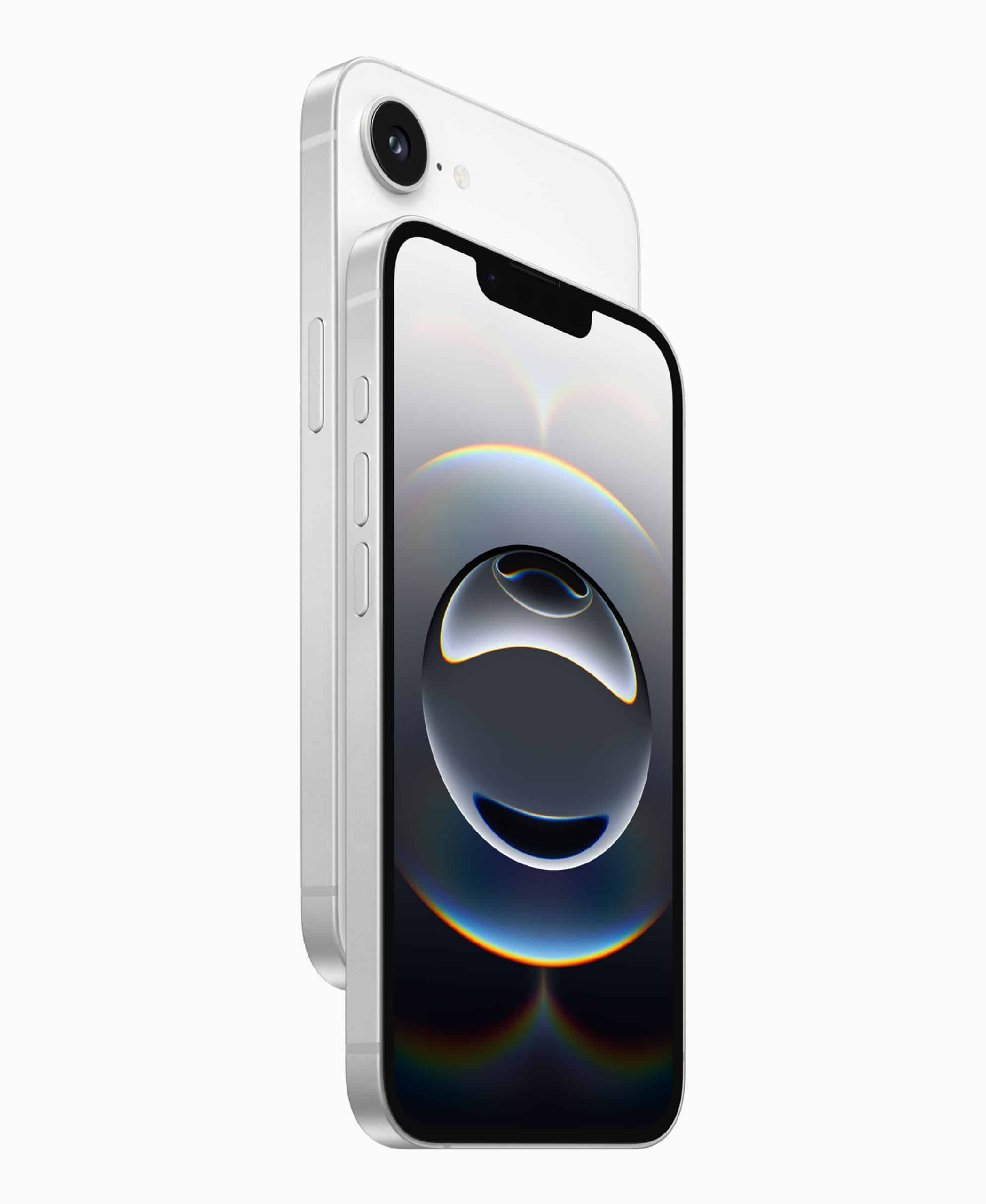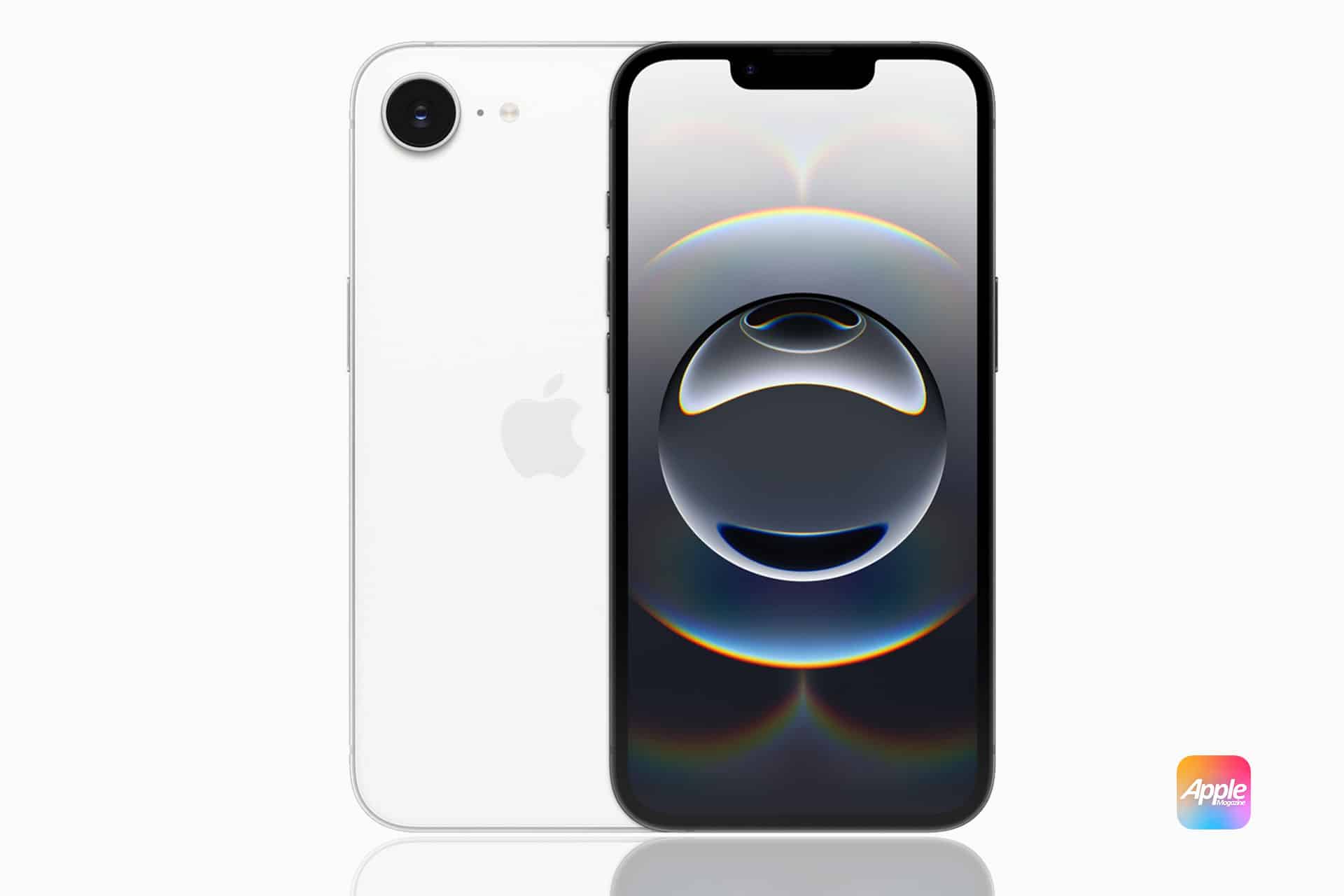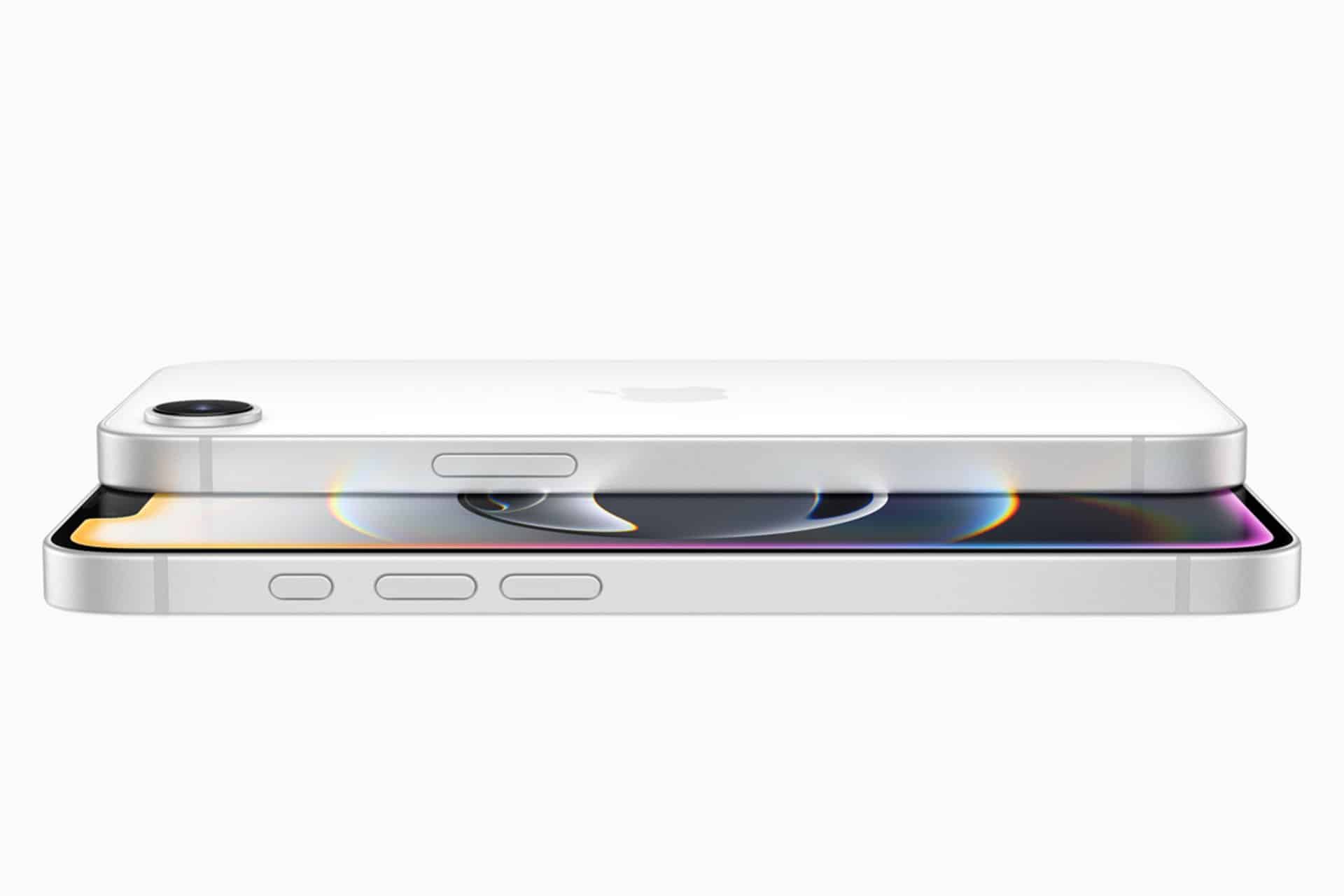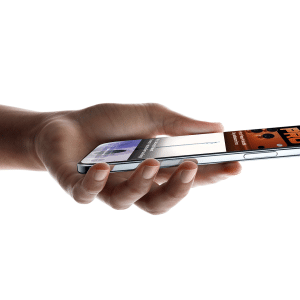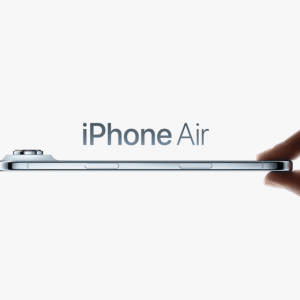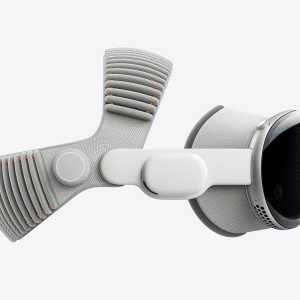The iPhone 16e, a $599 entry in Apple’s 2024 lineup, now benefits from the Self-Repair Program’s infrastructure. Through Apple’s Self Service Repair Store, owners can order genuine parts: a display runs $229, a battery costs $99, and even a back glass film is just $6.75. A detailed online repair manual spells out every step, from prying open the phone’s adhesive to reconnecting delicate cables. For those lacking a tech toolkit, Apple rents a 21-piece set—complete with screwdrivers, suction cups, and grounding straps—for $49.99 per week.
The program’s appeal lies in its promise of control. A cracked screen or dead battery no longer demands a trip to the Apple Store or a third-party shop. For iPhone 16e users without AppleCare ($9.99/month or $99.99/year), self-repair could dodge out-of-warranty fees, which can sting at $229 for a professional screen fix. The setup also caters to DIY enthusiasts who enjoy mastering their devices, offering a sense of accomplishment alongside potential savings.
The Catch: Cost and Complexity
Don’t grab your screwdriver just yet—self-repair isn’t a walk in the park. The iPhone 16e’s compact design means tiny screws, fragile connectors, and adhesives that demand precision. The repair manual reads like a surgical guide, urging clean workspaces and electrostatic precautions to avoid frying circuits. A single misstep could damage the phone’s water resistance or render it unusable, turning a $599 device into an expensive lesson. Even tech-savvy users might balk; one industry pro admitted he’d rather pay Apple than risk the hassle.
Then there’s the math. A DIY display replacement totals about $294.20, including parts and tool rental. Apple’s own repair service, by contrast, costs $229 for the same job—$65 less. Factor in time (expect hours for first-timers) and stress, and the savings look slimmer. Critics argue Apple’s pricing keeps professional repairs competitive, subtly discouraging DIY attempts. For comparison, AppleCare covers two accidental damages yearly, often making it a safer bet for clumsy users.
Why It Matters for Users
The Self-Repair Program stems from the Right to Repair movement, which pushed Apple to loosen its grip on device maintenance. By offering genuine parts, Apple ensures repairs don’t compromise the iPhone 16e’s performance or security—unlike some third-party fixes that can trigger software warnings. Extending device lifespans also cuts e-waste, a win for eco-conscious users. For budget-minded owners, especially with tariffs nudging up phone prices, affordable fixes could stretch the iPhone 16e’s value.
Yet, the program feels like a compromise. The steep learning curve—21 tools for a battery swap?—suits tinkerers more than casual users. Apple’s high part prices and rental fees shrink the DIY incentive, and the risk of botching a repair looms large. Some see it as Apple checking a regulatory box rather than fully embracing repairability, especially since the company still profits whether you fix it yourself or pay their technicians.
The Broader Context
Apple’s Self-Repair Program now spans iPhones, Macs, and accessories, with recent additions like the iPhone 16 series and M4 Macs. Its rollout to Europe and plans for Canada in 2025 show momentum, but the iPhone 16e’s inclusion highlights a tension in Apple’s ecosystem. The company thrives on seamless, controlled experiences—think locked-down software and premium repair services. Opening repairs to amateurs challenges that model, even if Apple’s execution feels cautious.
Tariffs add urgency to the program’s relevance. With iPhone costs climbing (the 16e’s price could rise further), users need cost-effective ways to maintain their devices. Self-repair offers one path, but it’s not the only one. AppleCare remains a strong pitch for peace of mind, covering mishaps without the sweat of a DIY fix. Third-party shops, while riskier, often undercut Apple’s prices, tempting users who’d rather not play technician.
What’s Next for DIY Repairs?
For iPhone 16e owners, self-repair is a mixed bag. It’s empowering for those with patience and steady hands, saving a few bucks while sticking it to the throwaway culture. But for most, the complexity and cost tilt the scales toward Apple’s Genius Bar or insurance. The program’s future hinges on Apple’s willingness to simplify—say, with cheaper parts or streamlined guides. Until then, it’s a niche option, not a revolution.
As Apple navigates repairability, the iPhone 16e’s role in the program underscores a broader shift. Users want more control, and regulators are watching. Whether Apple leans into this or keeps DIY at arm’s length will shape how we maintain our devices in years to come.
